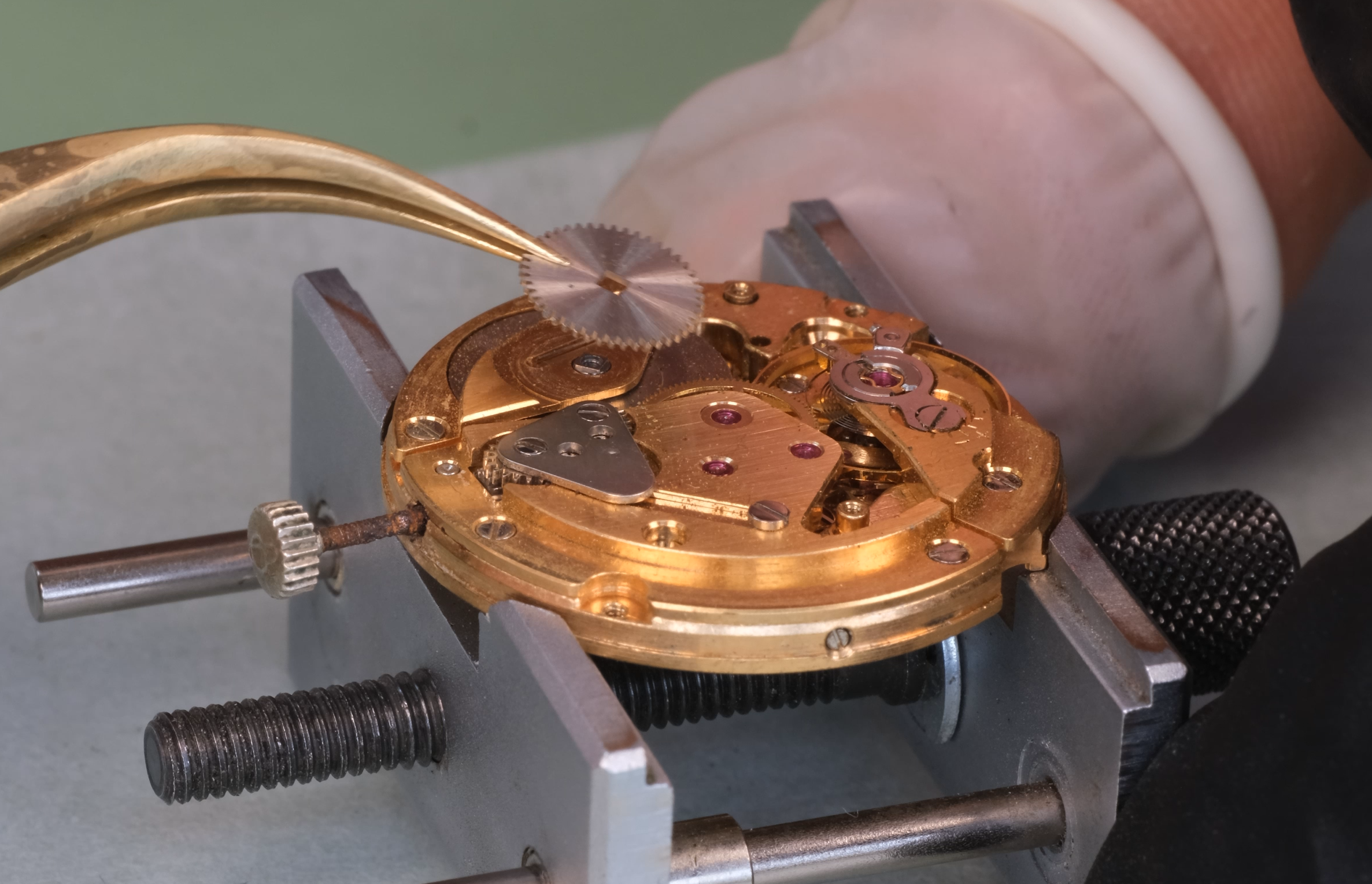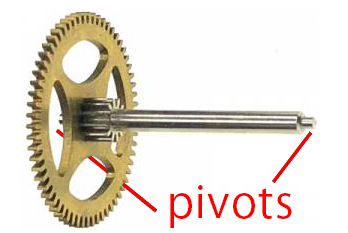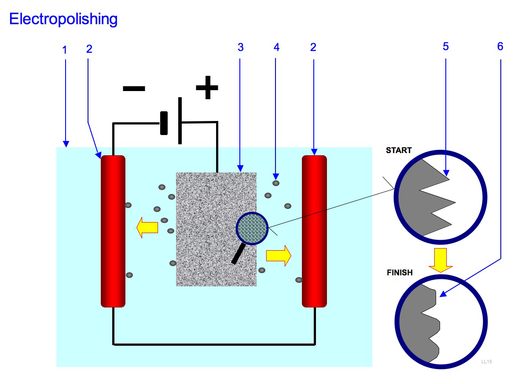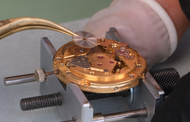Should I actually bother servicing my watch?
2nd Apr 2023
When I was young, growing up in Norway, everyone skied. Skiing was apparently "invented' in Norway, so yeah, what else are you going to do when everything is covered by several meters of snow half of the year? And snow is generally very soft. It can of course get hard if it is melted and refrozen, but all in all it's soft. Which means that if you fall in it, the chance of you being injured is very, very small. You might get a whiplash in your neck if you fall on your back or if you're really unlucky you might damage your knee or legs. Your head though? Not really that often. It happens, for sure, but very rarely. That however, hasn't prevented ski helmet manufacturers to basically convince everyone that they need helmets while skiing. Great for business!

If you're still reading at this point after probably double checking if this is a skiing site or a public health site, you're certainly asking yourself what the H... this has to do with watch servicing. Well, it's a bit the same for watch servicing. One can credibly claim that the mantra of watch manufacturers that their watches should be serviced every 3-5 years is akin to making everyone buy skiing helmets they almost certainly will never have any use for.
There is however an important line to be drawn between modern and vintage watches.
Modern mass-produced watches are created with profit in mind. Quality is important, yes, especially for good brands, but profit is still the number one concern. Keep in mind that pretty much all watch manufacturers are owned by large corporations with shareholder demanding returns. This is the "Greed is good" crowd.
So their watches will be produced with a focus on good enough quality at the lowest cost, and the result is short-term rather than long term quality. In order to understand what this means to you as a watch owner, let's first discuss a little bit how a watch works.
The pivot points of all wheels and pinions inside a mechanical watch are highly polished in order to reduce friction. The only source of power inside a watch is the mainspring, which doesn't actually provide a whole lot of force. It has to drive at least 4 train wheels plus the wheels to move the hands around the dial. Add date and other complications and it should be easy to see that if these wheels produce a lot of friction, your watch would either not run well or not run for long or most likely neither. Highly polished and properly lubricated surfaces reduce friction immensely.

In the old days, generally before the quartz crisis in the 1980s, skilled machinists polished the pivots and then burnished them (burnishing is a form of compressing the metal so it's even harder and more polished). That made the pivots very resistant to both wear and to corrosion. The pivots inside a watch from the 1960s will generally show very little wear and corrosion, in particular if the watch has been regularly serviced.
The pivots on a modern watch however, are chemically or electrically polished. That produces a very finely polished surface that will provide excellent results. Until it doesn't.
The issue is that this surface polish is only skin deep, so to speak. Underneath the hard surface is much softer metal. Once the pivot has been subjected to enough action, it might wear through the hardened surface and the part will be unusable within months. As a result, the part will need to be replaced. Which means income for the manufacturer. This is the entire business model of most mass-produced watch brands.

So to answer the original question: for modern watches it might not be any point in having your watch serviced every five years. The service centers will replace a lot of parts regardless and the costs will be high. So you might as well just wear your watch until it stops working properly or at all.
For vintage watches, the answer is however the opposite. They were made to last and the quality is more uniformly good throughout the metal. Combine that with the fact that parts are getting more and more difficult to find and consequently more expensive, and you really should make sure you have your watch serviced every five years. The costs of letting your vintage watch run until it stops can easily get well into four digits or even render it unrepairable due to the inability to find parts, while a service should be in the low three digits for all but very complicated pieces.
So yes, have your vintage watch serviced. It will ensure you can enjoy it for decades to come and pass it on to your loved ones as a family heirloom.

